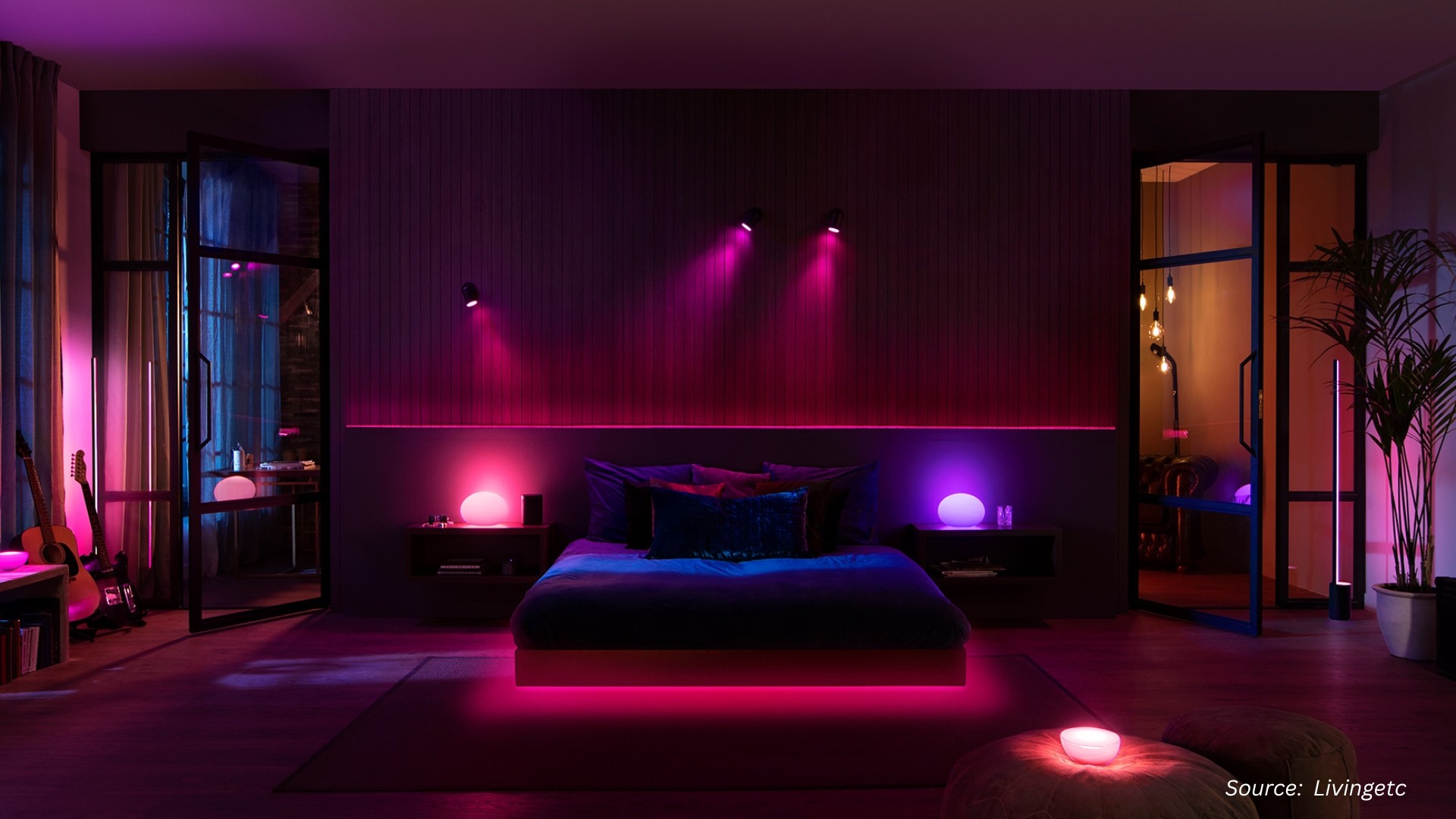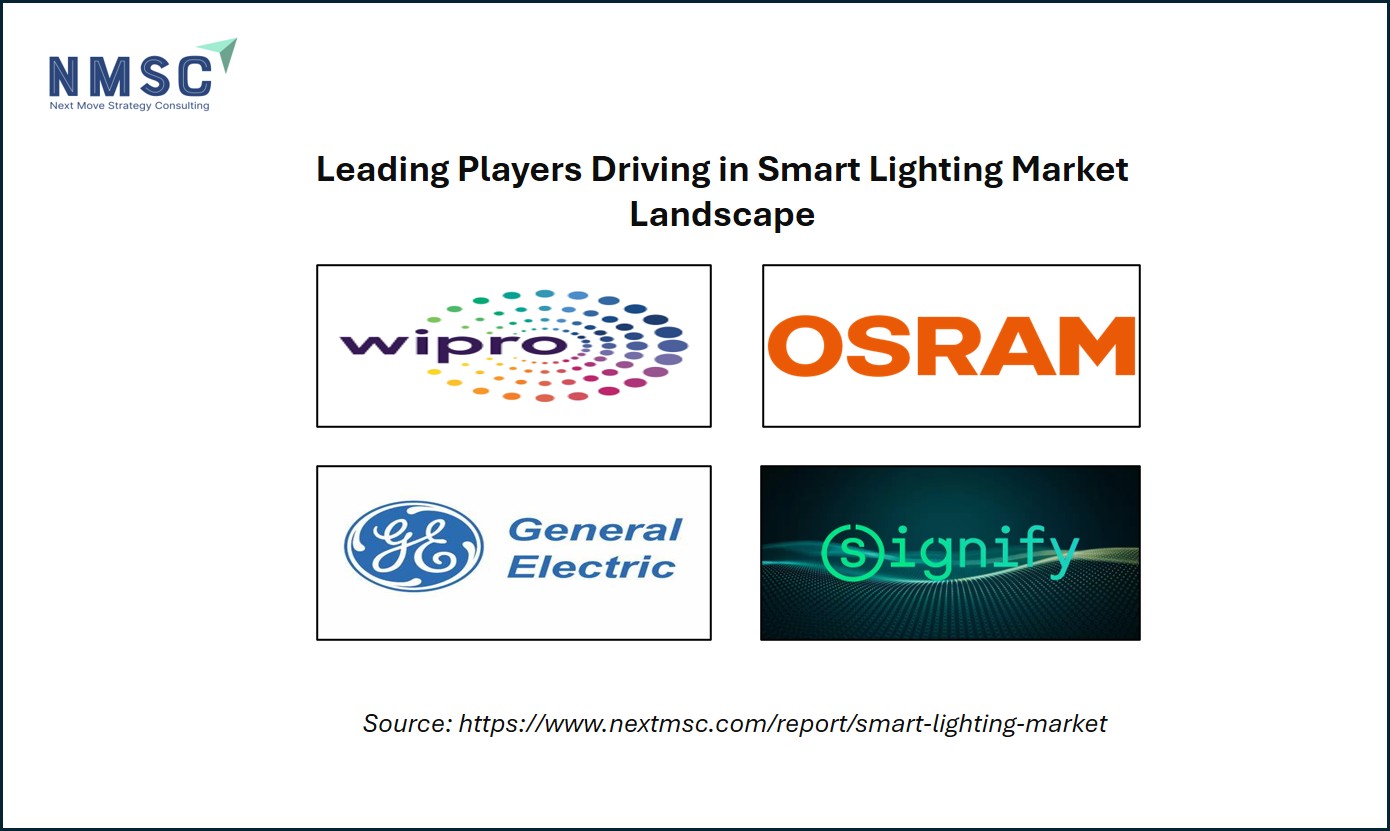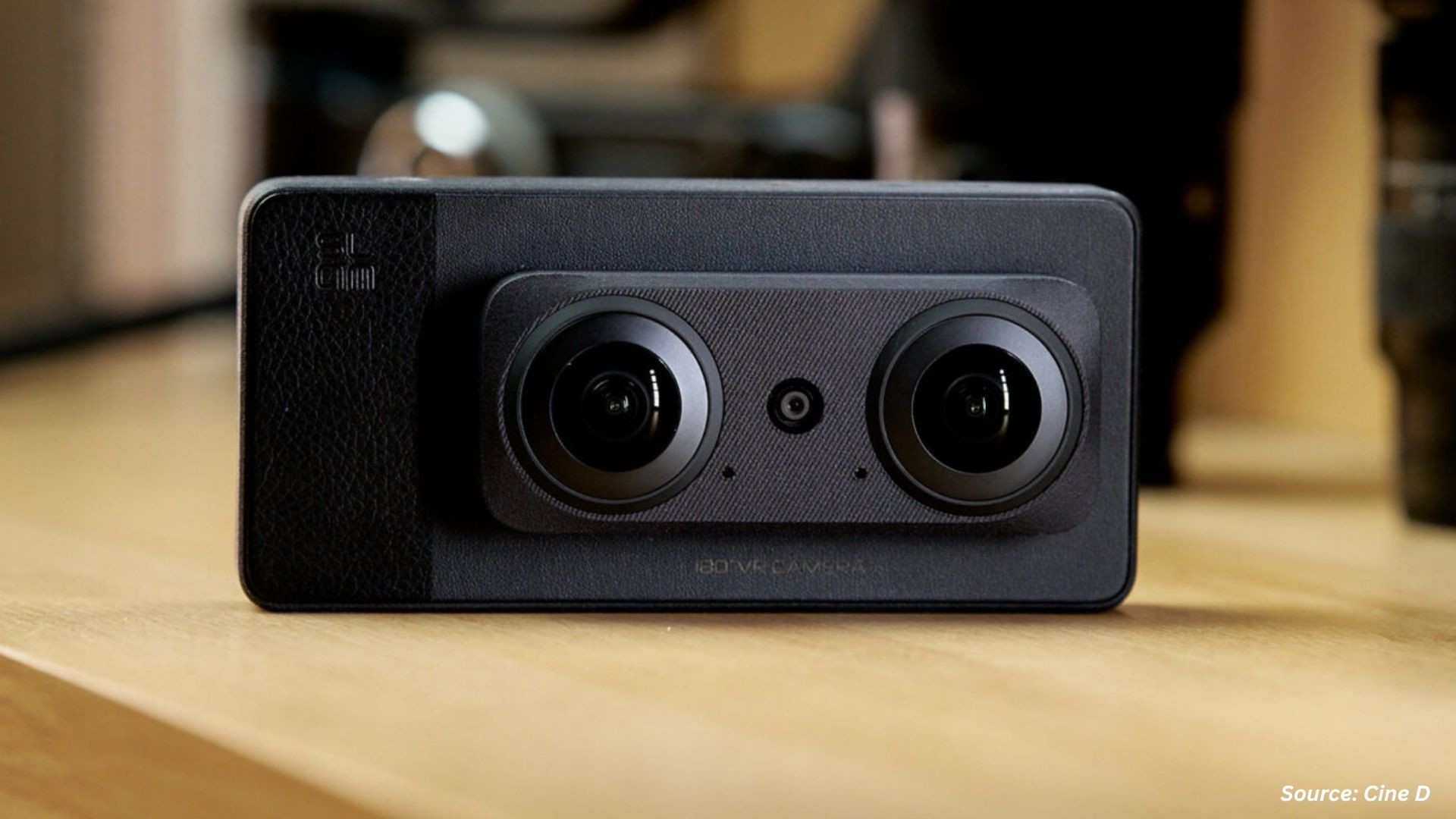Smart Lighting Revolution: Efficiency, Control, Future
Published: 2025-10-04

Smart Lighting: The Next Bright Frontier
Lighting is no longer just about turning lamps on or off. Smart lighting systems combine sensors, controls, connectivity, and new power architectures to shift lighting from a background utility into an active partner for efficiency, comfort, and sustainability. In this blog, we unpack the fundamentals, recent innovations, real-world use cases, and what organizations should do next.
What Makes Lighting “Smart”?
At its core, smart lighting integrates the following elements:
-
Sensors and controls: presence/occupancy sensors, daylight harvesting, dimmers
-
Networked connectivity: localized or cloud-based communication, enabling remote control
-
Intelligent logic: automated scheduling, dynamic dimming, adaptive behavior
-
Power architecture evolution: conventional AC (alternating current) systems, and newer DC (direct current) systems
By layering sensing and control logic atop LED luminaires, smart lighting systems respond to real needs rather than being static.
Recent Innovations & Strategic Partnerships
ABB + Zumtobel: Driving Smart Building Synergies
In October 2024, ABB and Zumtobel Group announced a strategic partnership to integrate ABB’s building automation stack with Zumtobel’s lighting management systems.
Key priorities of this collaboration include:
-
Merging LITECOM lighting control and TECTON DC luminaires with ABB’s i-bus® KNX building control backbone
-
Pioneering DC (direct current) power architectures in full-scale industrial applications to reduce energy losses, integrate renewables, and lower CO₂ emissions
Use Case: Smarter Lighting Controls in Schools
A recent article from Inside Lighting highlights how modern classrooms can reap benefits from smart lighting upgrades.
Energy Savings & Legacy Upgrades
-
Many U.S. school buildings still rely on fluorescent lighting as their primary source.
-
Replacing those with LED-based systems can yield 20 % to 60 % energy savings.
-
During such upgrades, embedding lighting controls (dimming, occupancy sensors, daylight adaptation) further boosts savings.
Key Players and Strategic Moves in the Smart Lighting Market
The global smart lighting market features a range of prominent players, including Signify, General Electric Company, Osram GmbH, Acuity Brands Lighting Inc., Wipro Lighting, Honeywell International Inc., Sengled Optoelectronics Co. Ltd., Signify Holding, Legrand S.A., and Yeelight, among others. To sustain their market leadership, these companies are actively pursuing strategies centered on innovation, strategic collaborations, and technological advancements, ensuring they remain competitive in the rapidly evolving smart lighting ecosystem.
Lighting Quality & Human Factors
-
Educational environments require good visual comfort: minimizing flicker, glare, and maintaining consistent correlated color temperature (CCT) and color rendering index (CRI) are essential.
-
Typical recommended CCT in educational spaces: 3000 K to 4000 K, with CRI of 80 or higher.
-
Tunable-white LED lighting allows dynamic adjustment of color temperature (warmer or cooler whites) to match tasks—lecture, review, discussion.
Benefits & Challenges
|
Benefit |
Implication |
|
Energy efficiency & cost reduction |
Smart control + LED = lower consumption |
|
Improved occupant experience |
Adaptive light levels, color tuning for |
|
Scalable management |
Centralized dashboards, remote |
|
Renewables integration |
DC lighting aligns with solar, battery |
|
Maintenance optimization |
Remote fault detection, replacement |
Key Challenges
-
Integration and standards: Interoperability across lighting, HVAC, IoT systems requires open standards such as KNX, Matter, Thread.
-
Upfront investment cost: Initial costs for sensors, controls, and network infrastructure can be significant
-
Legacy infrastructure: Older buildings may require more rewiring or retrofits to support smart lighting
-
Data security & privacy: Connected systems pose cybersecurity needs that must be addressed
-
Staff training & adoption: Facility managers and users must adjust to new control paradigms
Next Steps: Actionable Takeaways
-
Assess building readiness — perform a lighting and control audit to understand constraints (wiring, sensor coverage, network capacity).
-
Start with a pilot zone — deploy smart lighting controls in a limited area to validate performance before full rollout.
-
Choose open, interoperable systems — prefer KNX, DALI, or emerging standards like Matter/Thread to avoid vendor lock-in.
-
Embed analytics for maintenance — use real-time monitoring to detect drift, failures, and usage anomalies.
-
Focus on user comfort, not just energy — ensure flicker control, consistent color temperature, glare mitigation, and flexibility in scene design.
Smart lighting is reshaping how we illuminate spaces—not passively, but adaptively, efficiently, and intelligently. By combining solid planning, open standards, and incremental implementation, organizations can harness energy savings, operational insight, and enhanced user experience while preparing for the next wave of lighting evolution.
Next Move Strategy Consulting’s Analysis
From Next Move Strategy Consulting’s perspective, the global smart lighting industry stands at a defining juncture where efficiency, connectivity, and intelligence are converging to reshape the built environment. The 2024 collaboration between ABB and Zumtobel Group demonstrates how integrated ecosystems can unite building automation with advanced lighting controls, particularly through the adoption of direct current (DC) infrastructure. This evolution is more than a technological upgrade—it signifies a paradigm shift toward smarter, more sustainable environments that reduce energy loss, enable renewable integration, and deliver operational transparency. Meanwhile, in the educational sector, recent developments highlighted by Inside Lighting (2025) show how schools adopting LED and sensor-based controls are achieving 20 %–60 % energy savings while improving visual comfort and student concentration. Together, these examples underline a universal movement toward intelligent illumination that responds dynamically to human and environmental needs.
Conclusion
The smart lighting sector is evolving rapidly from connected systems to autonomous ecosystems that self-optimize for energy efficiency, comfort, and sustainability. Over the 2024–2026 horizon, the market will be defined by three major forces: interoperability through open standards, the rise of AI and analytics in system management, and sustainability alignment through DC-powered designs. Stakeholders that integrate energy intelligence with human-centric design will lead the next phase of transformation. Ultimately, the future of smart lighting lies not just in illumination but in illumination with insight—where every lumen is informed, adaptive, and sustainable.
About the Author
 Tania Dey is an experienced Content Writer specializing in digital transformation and industry-focused insights. She crafts impactful, data-driven content that enhances online visibility, and aligns with emerging market trends. Known for simplifying complex concepts, Tania Dey delivers clear, engaging narratives that empower organizations to stay ahead in a competitive digital landscape.
Tania Dey is an experienced Content Writer specializing in digital transformation and industry-focused insights. She crafts impactful, data-driven content that enhances online visibility, and aligns with emerging market trends. Known for simplifying complex concepts, Tania Dey delivers clear, engaging narratives that empower organizations to stay ahead in a competitive digital landscape.
About the Reviewer
 Debashree Dey is a skilled Content Writer, PR Specialist, and Assistant Manager with expertise in digital marketing. She creates impactful, data-driven campaigns and audience-focused content to boost brand visibility. Passionate about creativity, she also draws inspiration from design and innovative projects.
Debashree Dey is a skilled Content Writer, PR Specialist, and Assistant Manager with expertise in digital marketing. She creates impactful, data-driven campaigns and audience-focused content to boost brand visibility. Passionate about creativity, she also draws inspiration from design and innovative projects.

















Add Comment